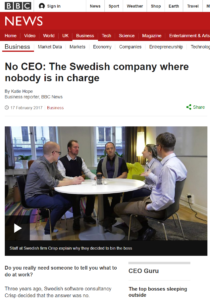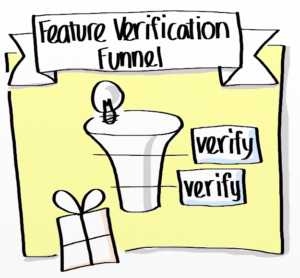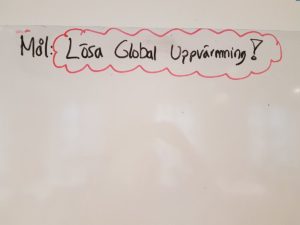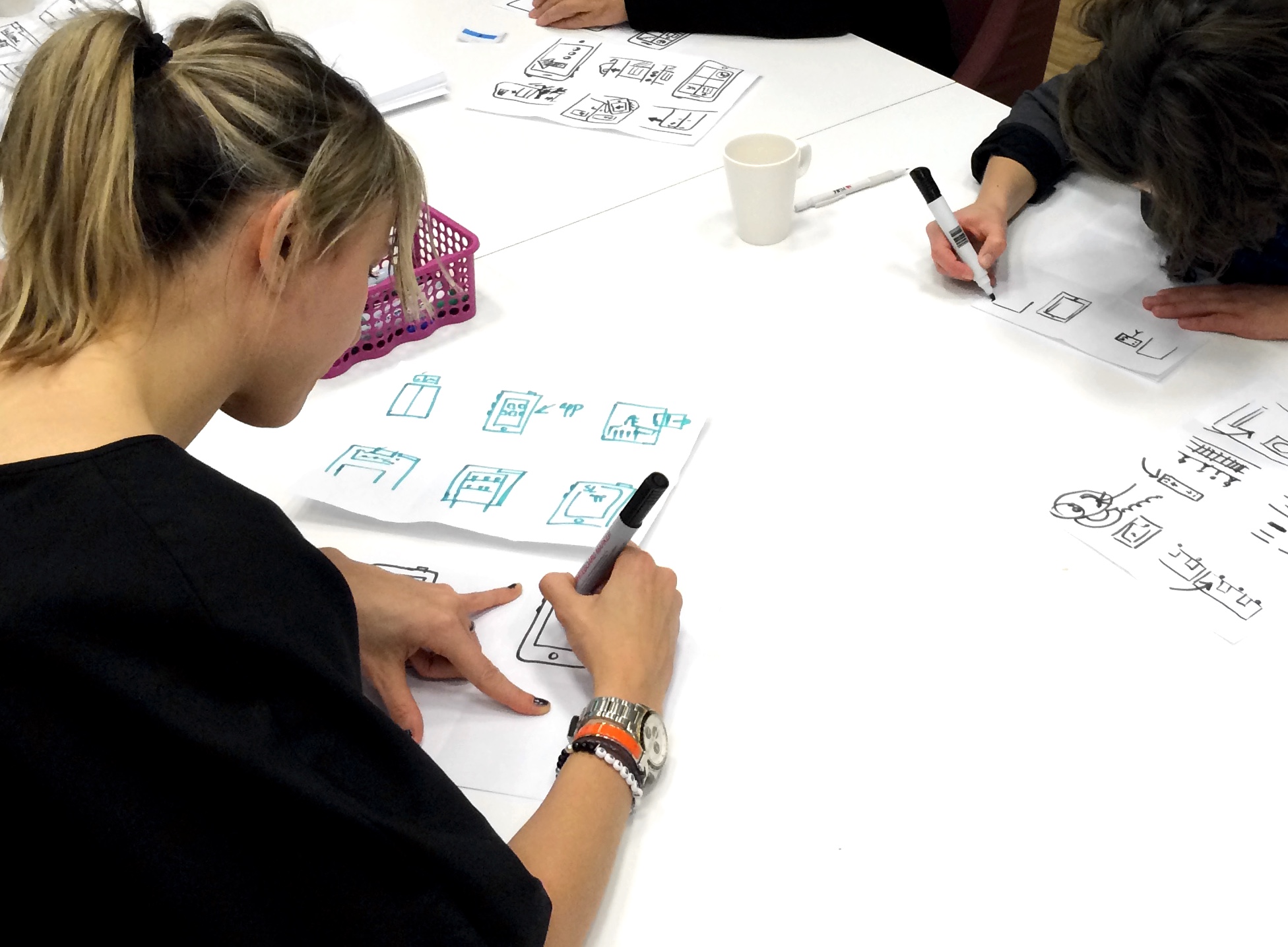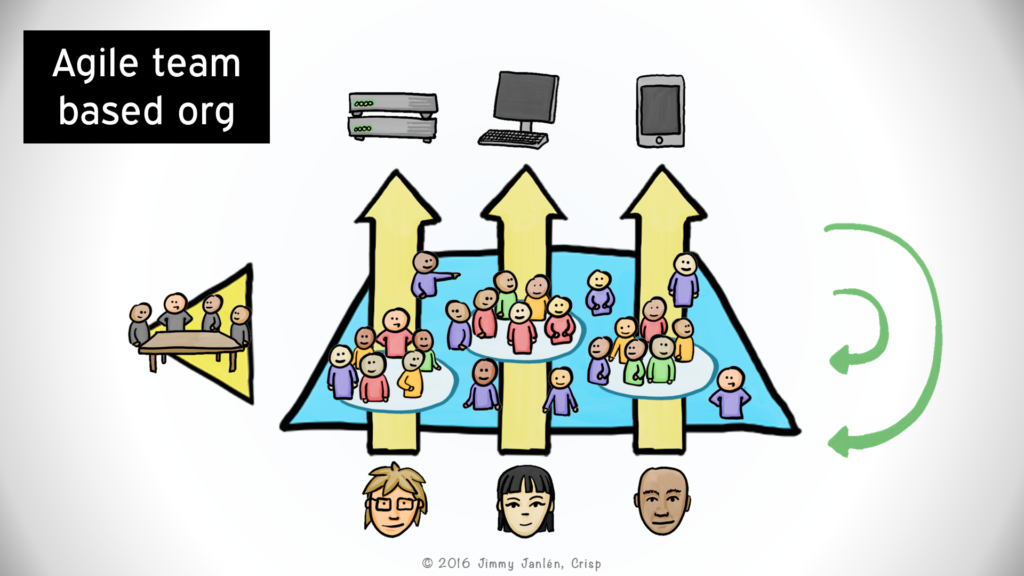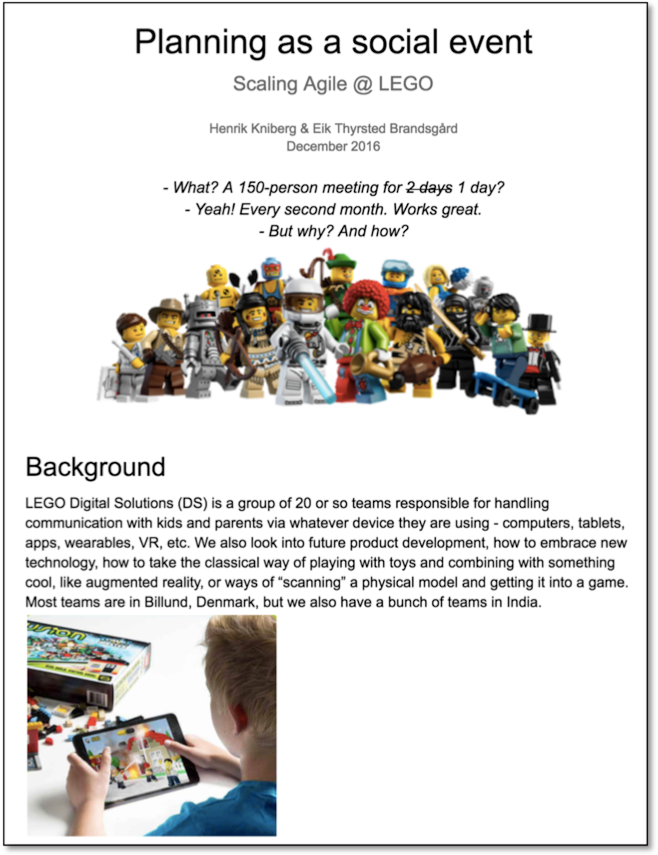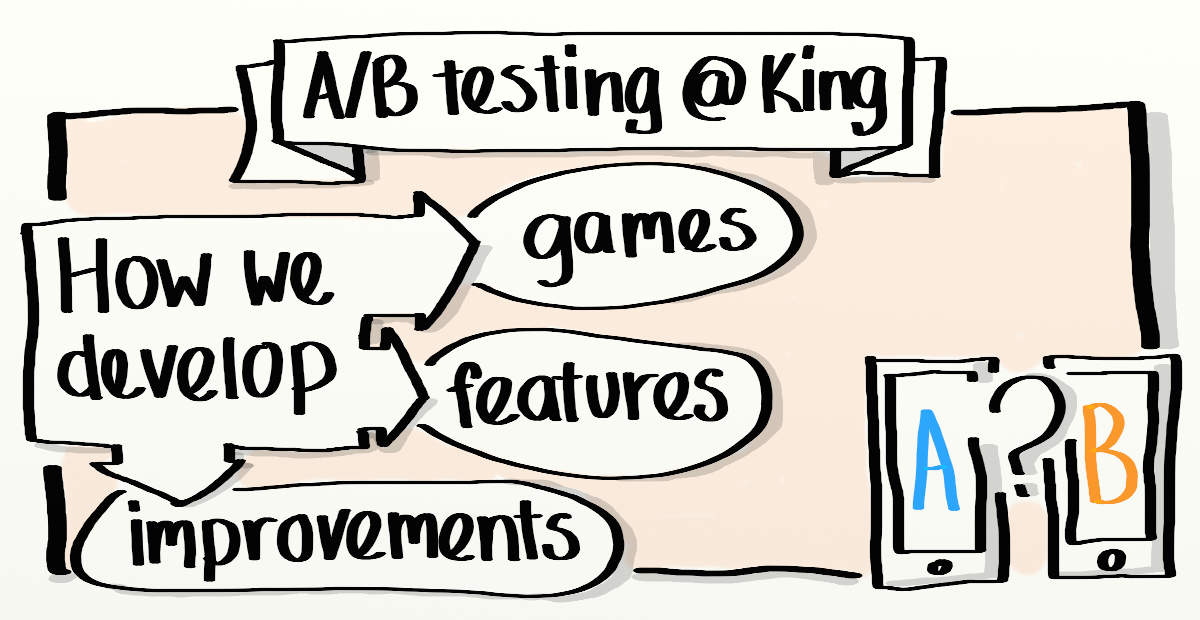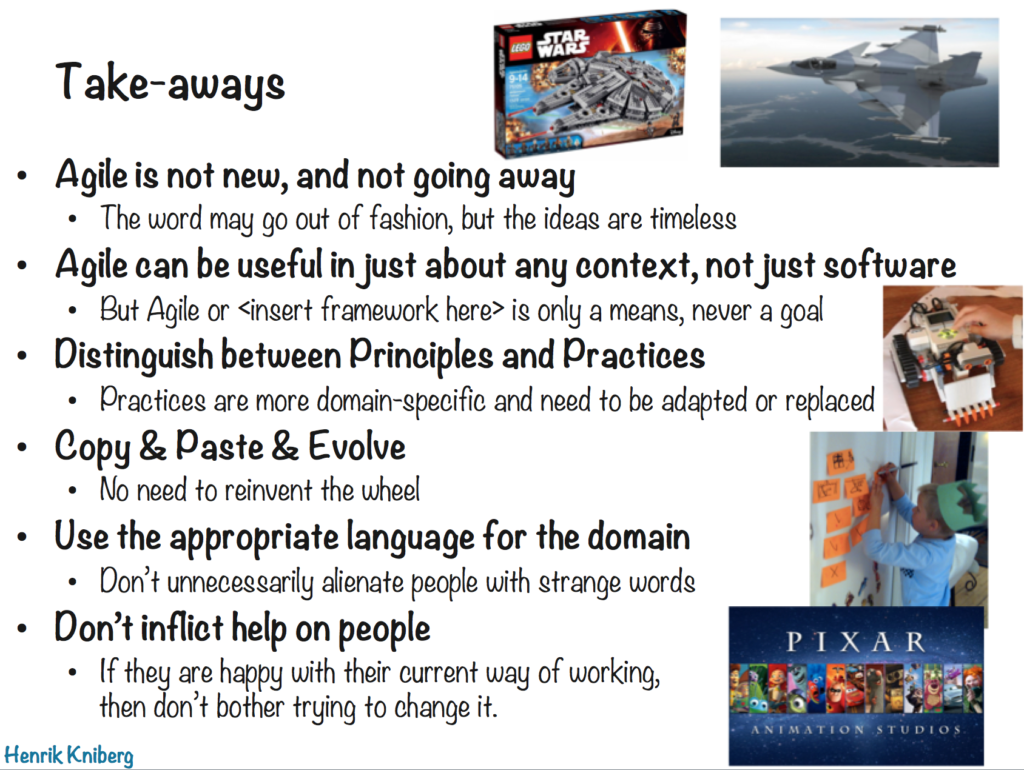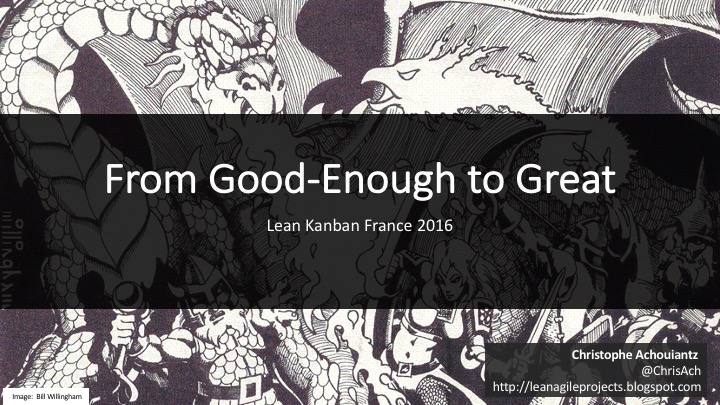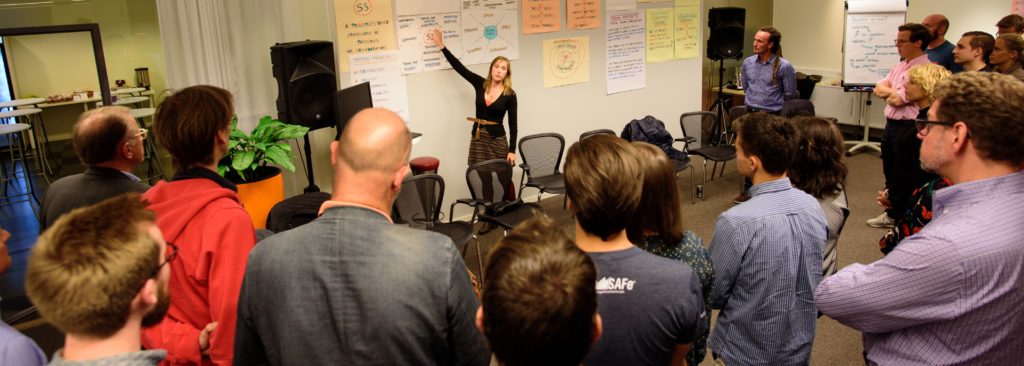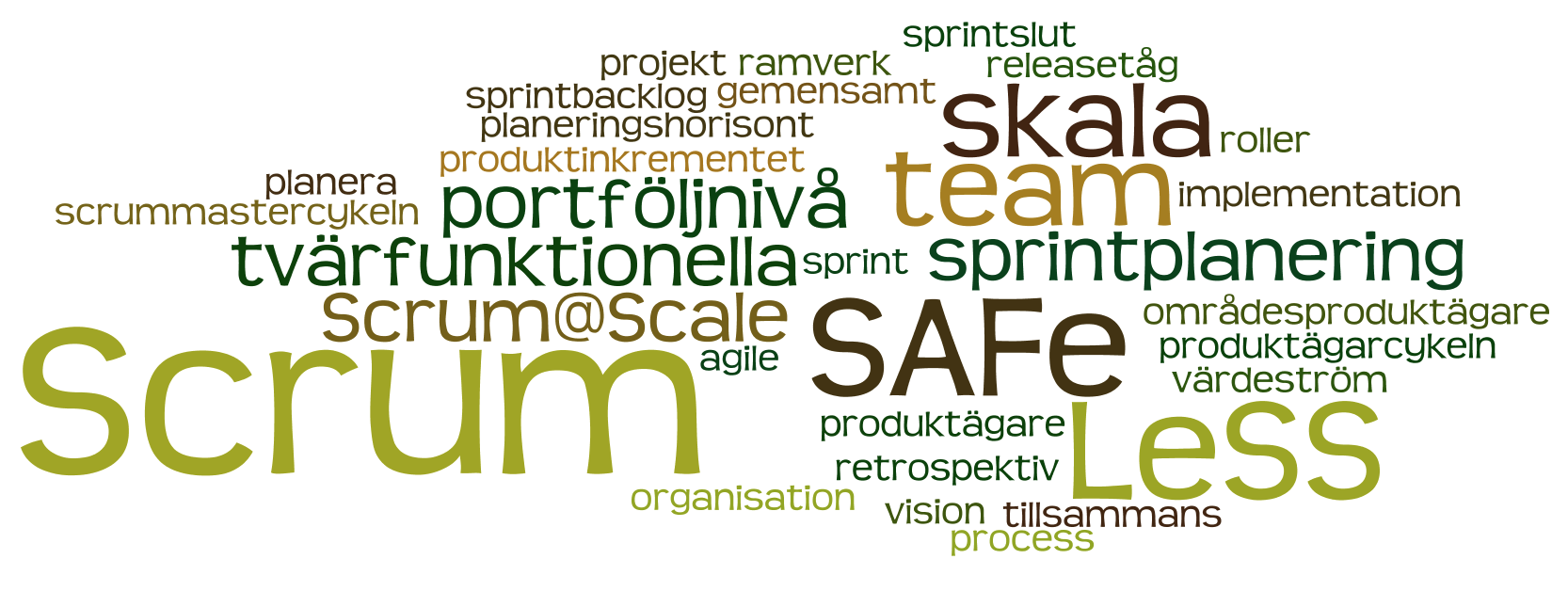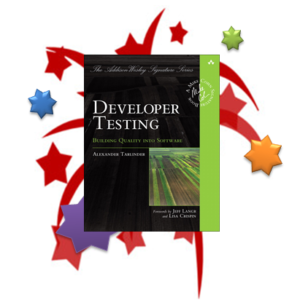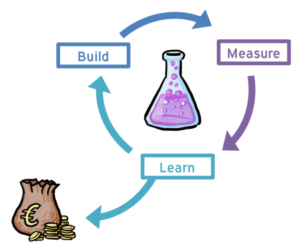As a high-performing tech professional, it’s useful to constantly fine-tune your ability to add value.
For example, you might ask yourself at work:
What is the one thing we can change in our product, service or in the way we work together that can bring more value to our customers or the team?
This philosophy of looking for things that can add value can also be used for your personal and professional development.
To give you some inspiration, here are some of the real life small changes and habits that our team members at Crisp have made that have added tremendous value to our personal and work lives.Continue reading





